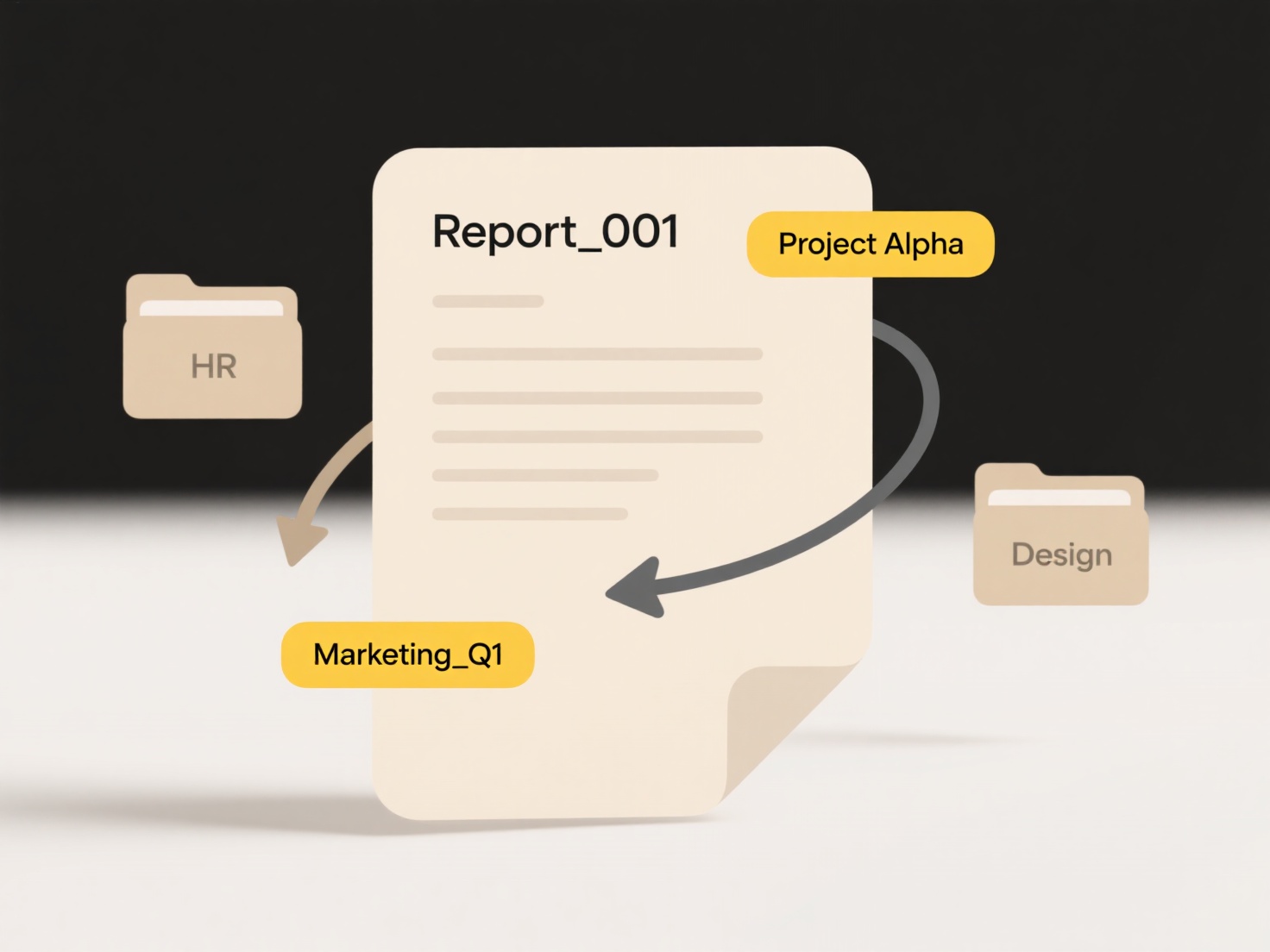
Shell scripts (.sh files) are text files containing commands for Unix-like operating systems, typically executed by the Bash shell. Windows, however, uses a different command-line environment (Command Prompt or PowerShell) and lacks native support for the Bash shell interpreter required to run .sh scripts directly.

You can run .sh scripts on Windows using compatibility layers or subsystems. The most integrated method is the Windows Subsystem for Linux (WSL), which allows a full Linux environment. Alternatively, standalone tools like Git Bash (which includes a Bash emulator and common Unix utilities) or Cygwin (a more extensive Linux-like environment) provide command-line environments capable of executing these scripts. Developers commonly use these for tasks like running automated build steps or deployment scripts originally written for Linux systems.
The main advantage is enhanced interoperability, allowing developers to leverage existing Linux scripts without rewriting them. However, performance overhead or slight behavioral differences might occur depending on the chosen method, and scripts relying heavily on unique Linux kernel features won't work. WSL represents Microsoft's commitment to better cross-platform support, making running Linux tools on Windows increasingly seamless and driving adoption in mixed-OS development workflows.
Can I run .sh scripts on Windows?
Shell scripts (.sh files) are text files containing commands for Unix-like operating systems, typically executed by the Bash shell. Windows, however, uses a different command-line environment (Command Prompt or PowerShell) and lacks native support for the Bash shell interpreter required to run .sh scripts directly.

You can run .sh scripts on Windows using compatibility layers or subsystems. The most integrated method is the Windows Subsystem for Linux (WSL), which allows a full Linux environment. Alternatively, standalone tools like Git Bash (which includes a Bash emulator and common Unix utilities) or Cygwin (a more extensive Linux-like environment) provide command-line environments capable of executing these scripts. Developers commonly use these for tasks like running automated build steps or deployment scripts originally written for Linux systems.
The main advantage is enhanced interoperability, allowing developers to leverage existing Linux scripts without rewriting them. However, performance overhead or slight behavioral differences might occur depending on the chosen method, and scripts relying heavily on unique Linux kernel features won't work. WSL represents Microsoft's commitment to better cross-platform support, making running Linux tools on Windows increasingly seamless and driving adoption in mixed-OS development workflows.
Quick Article Links
How do I clean up duplicate files created during backup?
Cleaning up duplicate files in backups involves identifying and removing identical copies created during repeated backup...
What happens if the same file is edited locally and in the cloud?
When the same file is modified locally on a device and simultaneously in the cloud (e.g., via a web app or another devic...
How do I rename meeting notes by title and date?
Renaming meeting notes combines the descriptive meeting title with the specific date for clear organization. Instead of ...